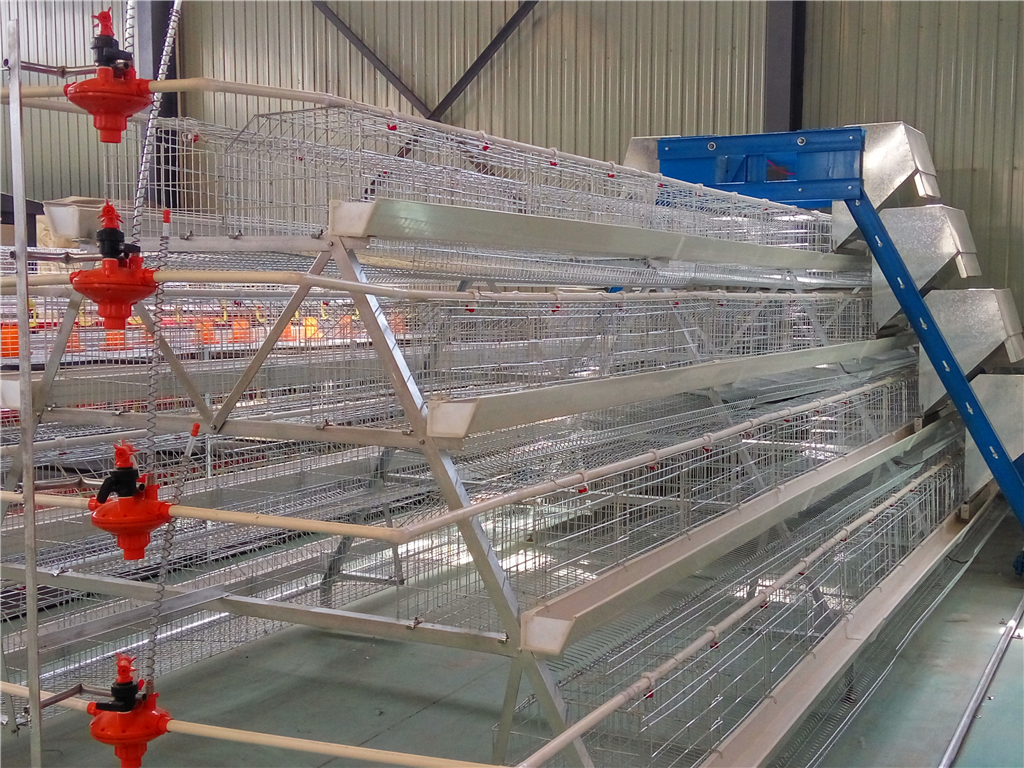horizontal feed mixers
Dec . 28, 2024 21:53 Back to list
horizontal feed mixers
The Importance of Horizontal Feed Mixers in Modern Agriculture
In the world of modern agriculture, efficient feeding systems are crucial for the success of livestock operations. Among the various equipment available for feed preparation, horizontal feed mixers have become increasingly popular. These machines play a vital role in ensuring quality and uniformity in animal feed, which is essential for optimizing animal health and productivity.
Understanding Horizontal Feed Mixers
Horizontal feed mixers are designed to blend various feed ingredients thoroughly and uniformly. Unlike vertical mixers, which utilize a single vertical auger, horizontal mixers employ a horizontal auger system. This design allows for a larger mixing chamber, accommodating larger quantities of feed. The horizontal configuration ensures that all ingredients are mixed evenly, reducing the risk of nutrient segregation and ensuring that livestock receives all necessary nutrients in every bite.
Key Benefits
1. Consistent Mixing One of the primary advantages of horizontal feed mixers is their ability to produce a consistent and homogeneous feed mix. This uniformity is crucial for livestock health, as inconsistent feed can lead to imbalances in nutrition, affecting growth rates and overall wellbeing.
2. Time Efficiency Mixing feed manually or using less efficient equipment can be time-consuming. Horizontal feed mixers are designed for rapid blending, significantly reducing the time required to prepare feed. This saves labor and allows farmers to focus on other essential tasks in their operations.
3. Versatility These mixers can handle a wide range of feed ingredients, from grains and silage to additives and supplements. This versatility makes them suitable for various livestock operations, whether they are dairies, feedlots, or poultry farms. Farmers can easily adjust recipes to meet the specific nutritional needs of their animals.
4. Reduced Labor Costs Automated horizontal feed mixers can be integrated into feeding systems that operate through advanced technology. This integration reduces the need for manual labor and can lead to lower operational costs over time.
5. Improved Feed Quality High-quality feed is essential for maximizing livestock performance. Horizontal feed mixers enhance feed quality by ensuring thorough blending, which helps to maximize nutrient availability. This, in turn, can lead to better weight gain, higher milk production, and improved reproductive performance in livestock.
horizontal feed mixers

Considerations for Selection
When selecting a horizontal feed mixer, several factors should be considered
- Capacity The size of the mixer should match the scale of the operation. Larger farms may require mixers with greater capacity to meet their needs without excessive downtime.
- Build Quality Look for durable materials and construction that can withstand the rigors of daily use, especially in a demanding farm environment.
- Maintenance Needs Choose a mixer that is easy to maintain. Regular maintenance is crucial for ensuring longevity and optimal performance.
- Technology Integration Some modern mixers come equipped with advanced technology options, such as weight scales and automated controls. These features can enhance efficiency and provide valuable data on feed usage and costs.
The Future of Horizontal Feed Mixers
As the agricultural sector continues to embrace technology, the future of horizontal feed mixers looks promising. Innovations in design and efficiency will likely lead to even better feed management systems. The integration of digital technology can allow for real-time monitoring and adjustments, ensuring that livestock receive the optimal blend of nutrients at all times.
In conclusion, horizontal feed mixers represent an essential advancement in animal nutrition and livestock management. Their ability to provide efficient, consistent, and high-quality feed makes them a valuable asset for farmers striving for excellence in animal husbandry. As agricultural practices evolve, investing in modern feed preparation technology like horizontal feed mixers will undoubtedly pay dividends in both animal health and farm productivity. The importance of well-managed feeding operations cannot be overstated, and horizontal feed mixers are at the forefront of this critical aspect of agriculture.
-
Hot Sale 24 & 18 Door Rabbit Cages - Premium Breeding Solutions
NewsJul.25,2025
-
Automatic Feeding Line System Pan Feeder Nipple Drinker - Anping County Yize Metal Products Co., Ltd.
NewsJul.21,2025
-
Automatic Feeding Line System Pan Feeder Nipple Drinker - Anping County Yize Metal Products Co., Ltd.
NewsJul.21,2025
-
Automatic Feeding Line System - Anping Yize | Precision & Nipple
NewsJul.21,2025
-
Automatic Feeding Line System - Anping Yize | Precision & Nipple
NewsJul.21,2025
-
Automatic Feeding Line System-Anping County Yize Metal Products Co., Ltd.|Efficient Feed Distribution&Customized Animal Farming Solutions
NewsJul.21,2025






